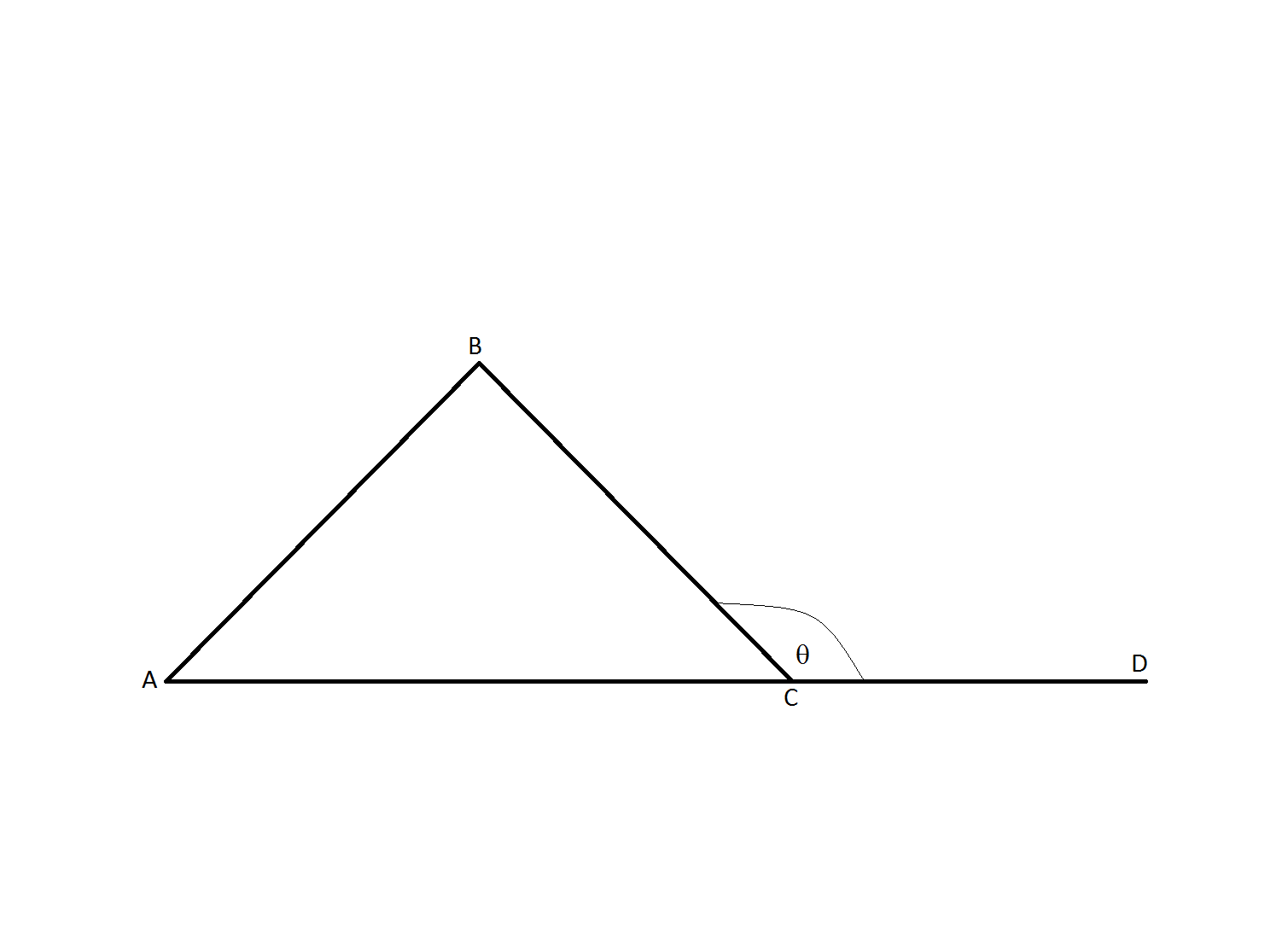



If you draw a line in a rectangle from far corner to corner you cut the rectangle into two right triangles.They are harder to use than rectangles, but can be stronger and may be more resistant to earthquakes. Triangles are becoming used more in construction.Triangles that are not right triangles, or don't have one 90 degree angle, are called oblique.Īn acute triangle is a triangle where all the interior angles are less than 90 degrees.Īn obtuse triangle is the opposite of an acute triangle in that it is a triangle where one angle is greater than 90 degrees.Īcute and obtuse triangles are both oblique. This type of triangle has some unique properties that are important to geometry including the Pythagorean Theorem. The right triangle is one where one of its angles is 90 degrees. As a result of having two equal sides, two of the angles will be the same too.Ī scalene triangle is one where none of the sides are the same length. Isosceles Triangle An isosceles triangle is a triangle with two equal sides. If we use what we learned above, that all the angles must total 180 degrees, then each angle in an equilateral triangle is 180/3 = 60 degrees. The three interior angles are all the same too. The equilateral triangle is a triangle with sides that are all the same length. Some triangles are described by their angles like the right, obtuse, and acute triangles. Some triangles can be described by their sides, like the equilateral, isosceles, and scalene triangles. This comes in handy when working on geometry problems. One of the most interesting things about triangles is that if you sum up the three angles within any triangle, they will always total 180 degrees.


 0 kommentar(er)
0 kommentar(er)
